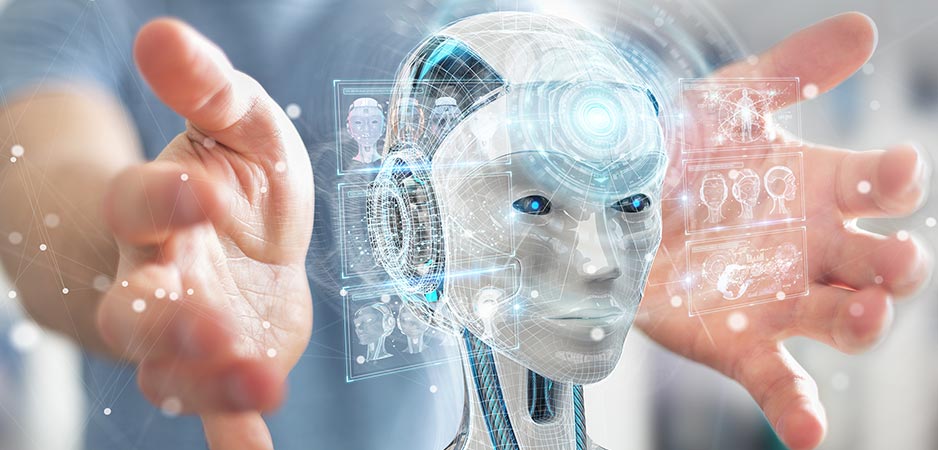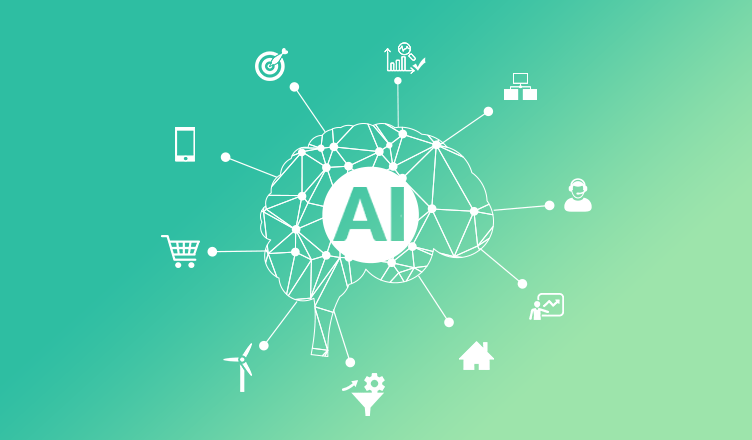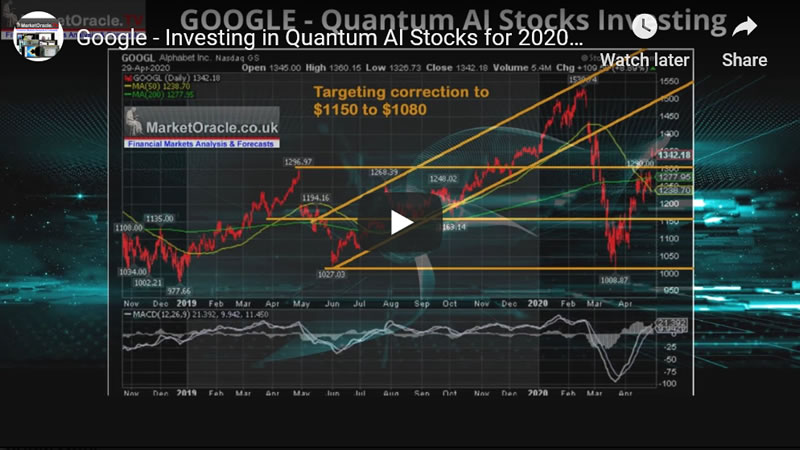
In binary classification, accuracy and precision are important parameters to consider when designing a classifier. For example, if you want to find the highest-ranked class, you need to know how to calculate precision and recall. Precision and recall can be calculated by dividing the total number in an element class by its true positives. This is how classifiers can be calculated to have the highest precision and recall. Here are the main factors to consider before you choose a classifier.
Calculating precision
To calculate the precision-recall curve, we must first understand how to define the error matrix. An error matrix is composed of negative and positive numbers in a ratio one to one. A zero error matrix means 100% precision. A higher precision is a lower number of false positives. The recall is the second part of this equation. The recall value is equal to the sum of the true negatives and the false positives. For example, if a sample has a high precision, then the recall will be a higher number.

Calculating recall
There are two methods to calculate the accuracy and precision of a classification model. The first method is to consider the positivity of the sample. The other is to ignore it completely. While precision is concerned about identifying all positive samples and recall is concerned about detecting as many positive samples as possible, recall is more concerned with the detection of positive samples. For example, if a model classifies all positive samples, but fails to classify a negative sample, the recall is 100%. High recall values indicate that the model detects positive samples with high accuracy and reliability.
Optimize for precision
However, it is a smart idea to maximize precision and recall when performing diagnostic tests. False positives and missed opportunities can be caused by over-optimising one metric. Particularly, avoid optimising for recall because false positives could have fatal consequences. Optising for precision on the other hand improves the model’s performance in counting true negatives.
Binary classification Optimising to Recall
Recall is the classical counterpart of precision in binary classification issues. It measures the percentage of positive predictions that are correct. The best recall is one hundred percent and the worst is one percent. But recall is only one important parameter. The precision and recall of a classifier will determine the accuracy of a model’s results. An optimal recall reduces false negatives and improves accuracy.

For accuracy, optimize
One may opt to optimize for precision and accuracy depending on the business objective. The relative cost of False Positives and False Negatives must be taken into account when choosing the metric. When there are many False Positives, recall is preferable to precision. However, accuracy is preferred when there are few false positives. This may be a good option for diagnosing rare diseases like leukemia.
FAQ
How does AI function?
You need to be familiar with basic computing principles in order to understand the workings of AI.
Computers store information in memory. Computers work with code programs to process the information. The code tells computers what to do next.
An algorithm is a sequence of instructions that instructs the computer to do a particular task. These algorithms are often written in code.
An algorithm could be described as a recipe. A recipe could contain ingredients and steps. Each step is a different instruction. For example, one instruction might say "add water to the pot" while another says "heat the pot until boiling."
Why is AI important?
It is expected that there will be billions of connected devices within the next 30 years. These devices will include everything from cars to fridges. The Internet of Things is made up of billions of connected devices and the internet. IoT devices will communicate with each other and share information. They will also have the ability to make their own decisions. For example, a fridge might decide whether to order more milk based on past consumption patterns.
According to some estimates, there will be 50 million IoT devices by 2025. This is a huge opportunity to businesses. This presents a huge opportunity for businesses, but it also raises security and privacy concerns.
How does AI work?
An algorithm is a set of instructions that tells a computer how to solve a problem. An algorithm is a set of steps. Each step has a condition that dictates when it should be executed. The computer executes each step sequentially until all conditions meet. This process repeats until the final result is achieved.
Let's suppose, for example that you want to find the square roots of 5. You could write down every single number between 1 and 10, calculate the square root for each one, and then take the average. It's not practical. Instead, write the following formula.
sqrt(x) x^0.5
This is how to square the input, then divide it by 2 and multiply by 0.5.
Computers follow the same principles. It takes the input and divides it. Then, it multiplies that number by 0.5. Finally, it outputs its answer.
Statistics
- While all of it is still what seems like a far way off, the future of this technology presents a Catch-22, able to solve the world's problems and likely to power all the A.I. systems on earth, but also incredibly dangerous in the wrong hands. (forbes.com)
- More than 70 percent of users claim they book trips on their phones, review travel tips, and research local landmarks and restaurants. (builtin.com)
- That's as many of us that have been in that AI space would say, it's about 70 or 80 percent of the work. (finra.org)
- Additionally, keeping in mind the current crisis, the AI is designed in a manner where it reduces the carbon footprint by 20-40%. (analyticsinsight.net)
- By using BrainBox AI, commercial buildings can reduce total energy costs by 25% and improves occupant comfort by 60%. (analyticsinsight.net)
External Links
How To
How do I start using AI?
You can use artificial intelligence by creating algorithms that learn from past mistakes. This learning can be used to improve future decisions.
If you want to add a feature where it suggests words that will complete a sentence, this could be done, for instance, when you write a text message. It would use past messages to recommend similar phrases so you can choose.
However, it is necessary to train the system to understand what you are trying to communicate.
To answer your questions, you can even create a chatbot. So, for example, you might want to know "What time is my flight?" The bot will reply that "the next one leaves around 8 am."
Our guide will show you how to get started in machine learning.